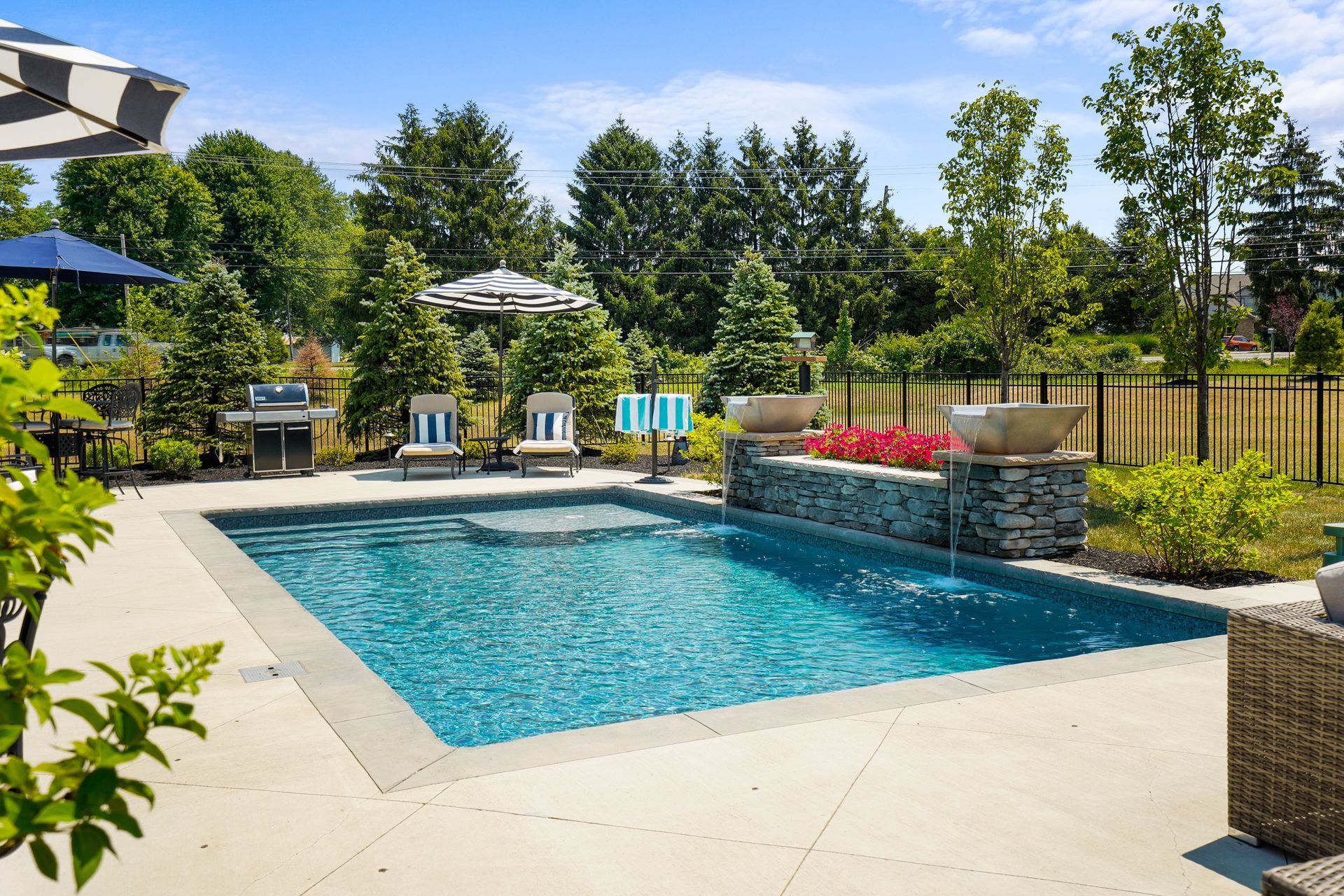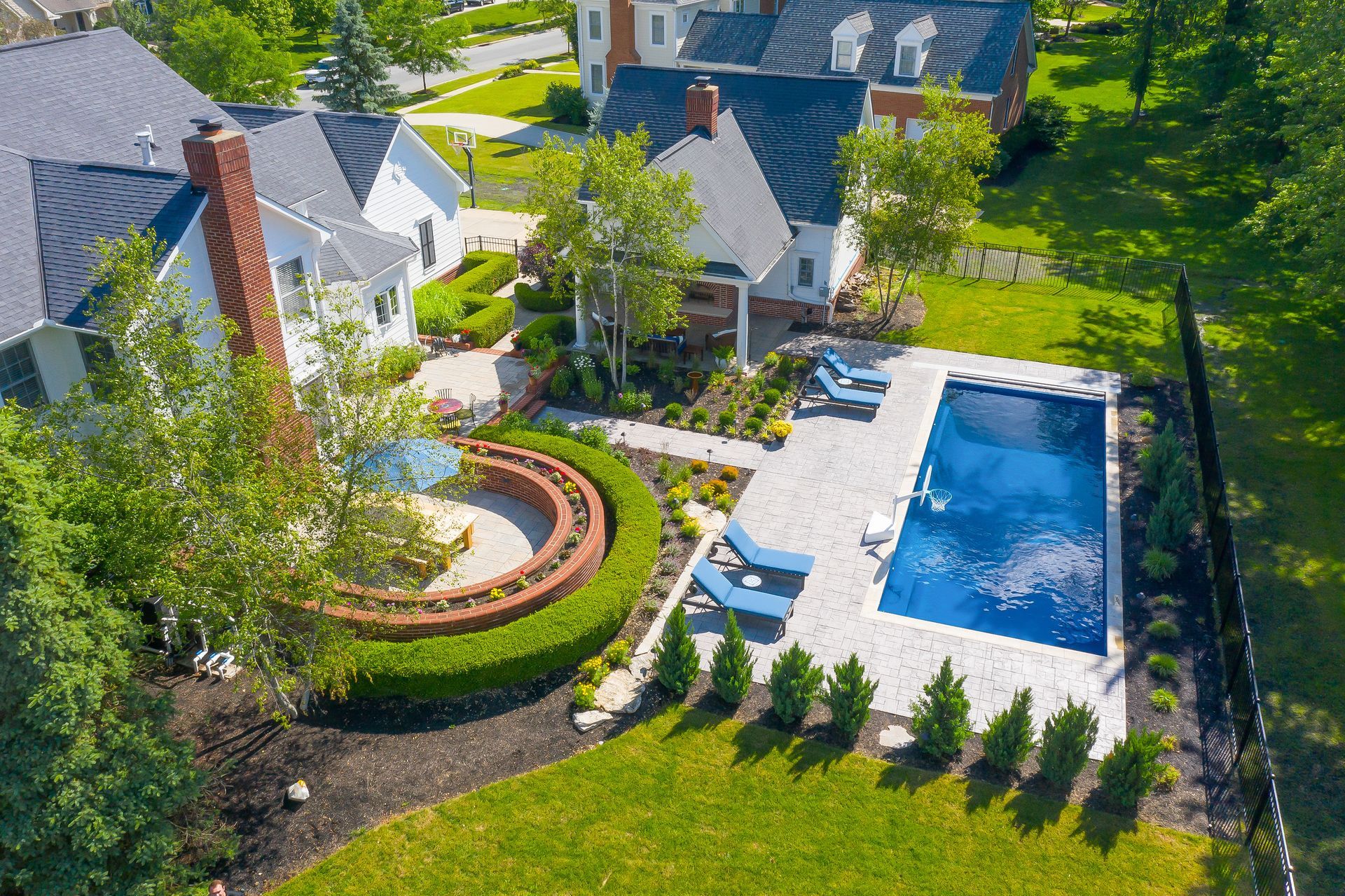A Deep Dive into Incorporating Sustainability into Your Landscape Design
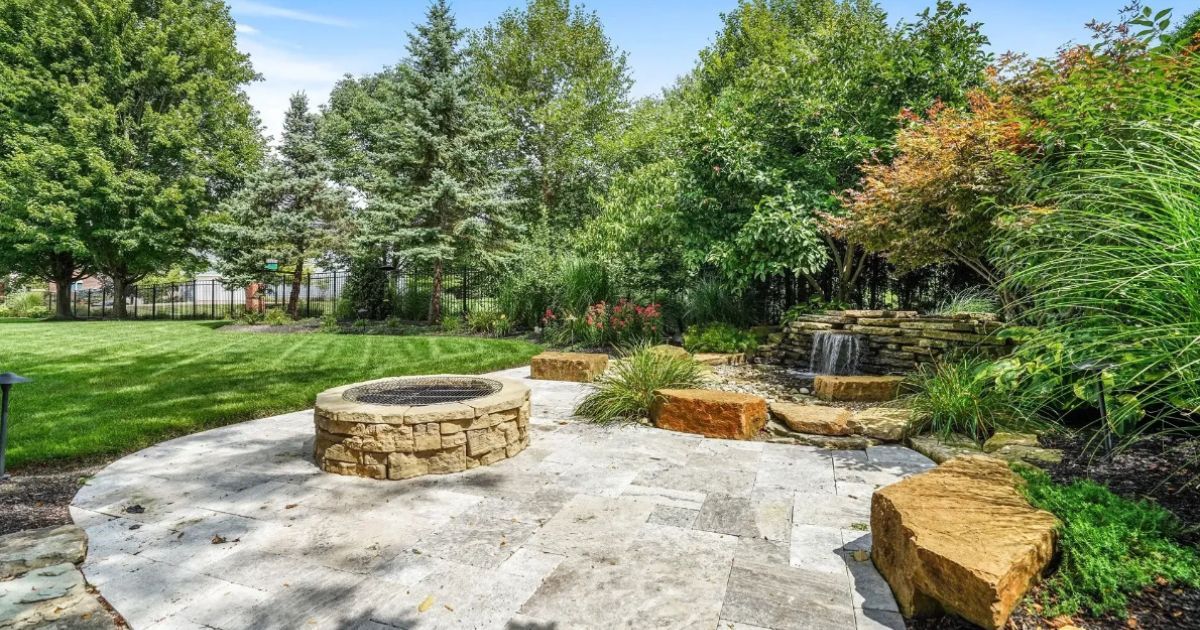
Sustainability is more than just a buzzword; it’s an important way of life. At Omni Pools & Scapes we believe that sustainable landscape design is not only beneficial for the environment but also for you as a homeowner - as it creates stunning outdoor spaces that can enhance your lifestyle. In this blog, we will dive into some of the key features and benefits of sustainable landscape design.
Native Plants:
Incorporating native plants into your landscape design is an important cornerstone of sustainability. Native plants are adapted to the local climate and soil conditions, requiring less water, fertilizer, and maintenance than exotic species. They also provide a habitat and food for local wildlife, which supports biodiversity.
Water Conservation:
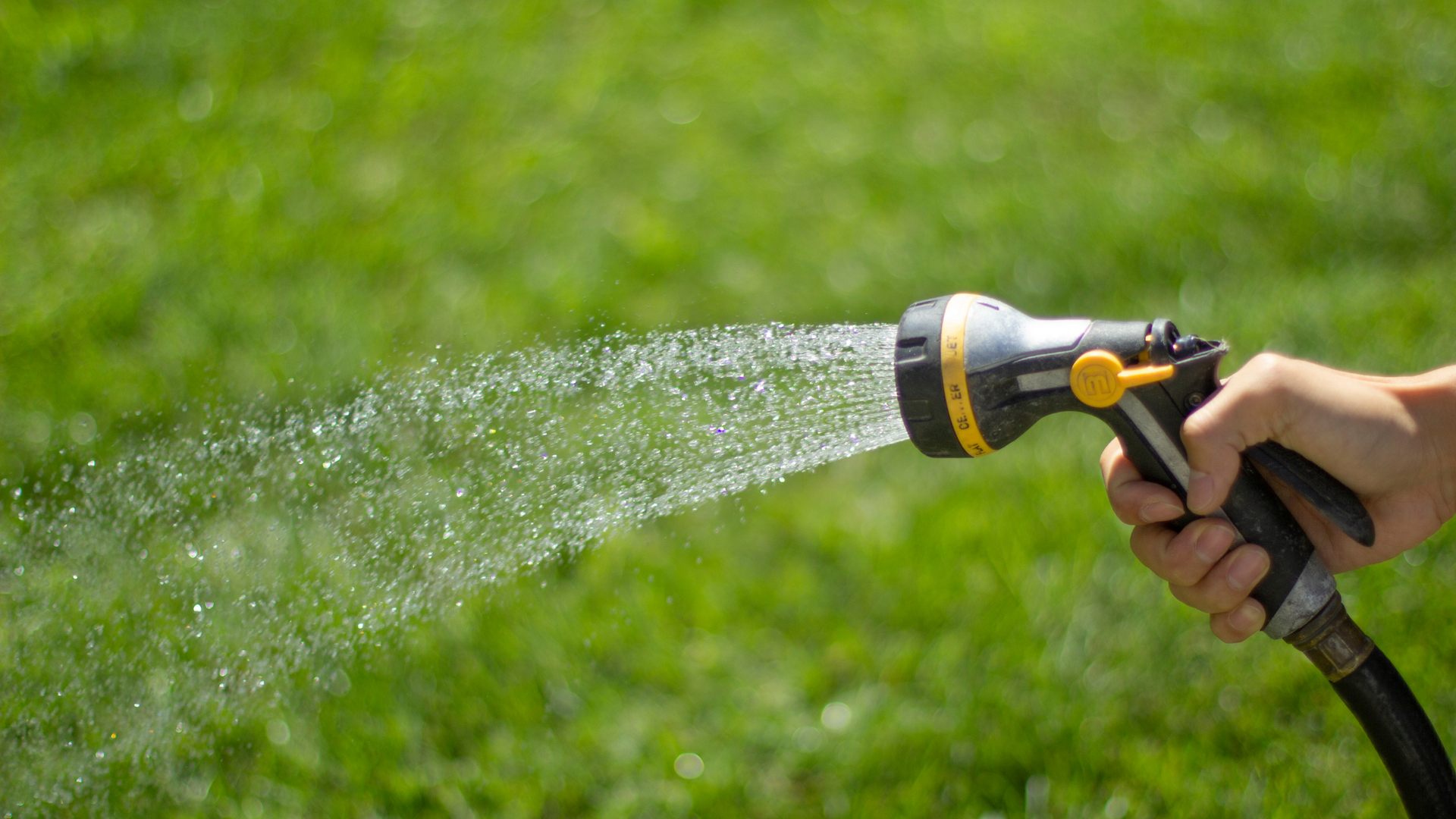
Water is a precious resource and sustainable landscape design focuses on minimizing water usage through various techniques. Choosing landscaping that reduces water waste helps us be good stewards of our natural resources.
Permeable Surfaces:
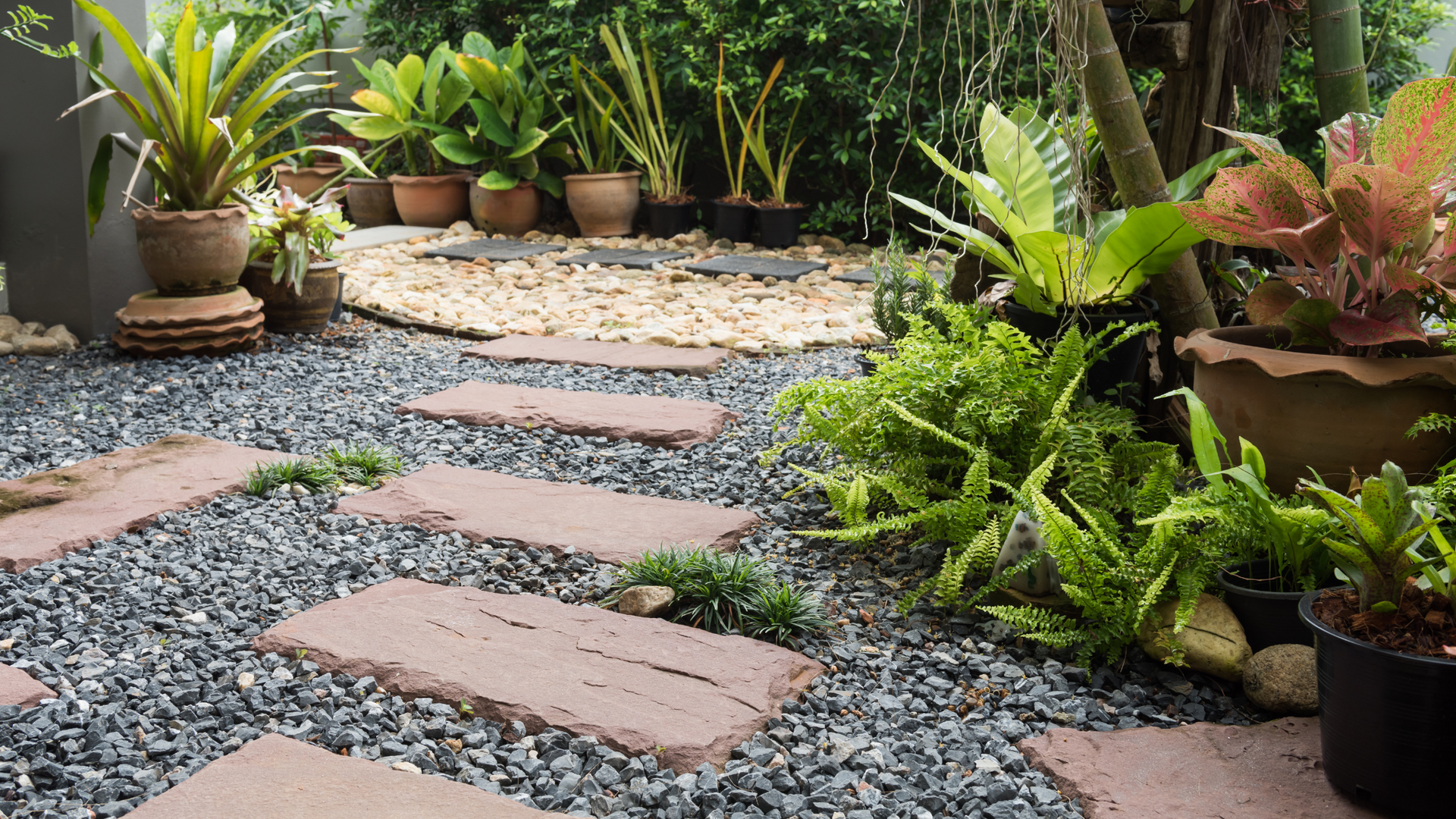
Traditional hardscape materials such as concrete and asphalt prevent rainwater from soaking into the ground, which can lead to runoff and water pollution. Permeable surfaces, such as gravel and permeable pavers, allow rainwater to soak into the soil, replenishing groundwater and reducing runoff
Energy-Efficient Lighting:
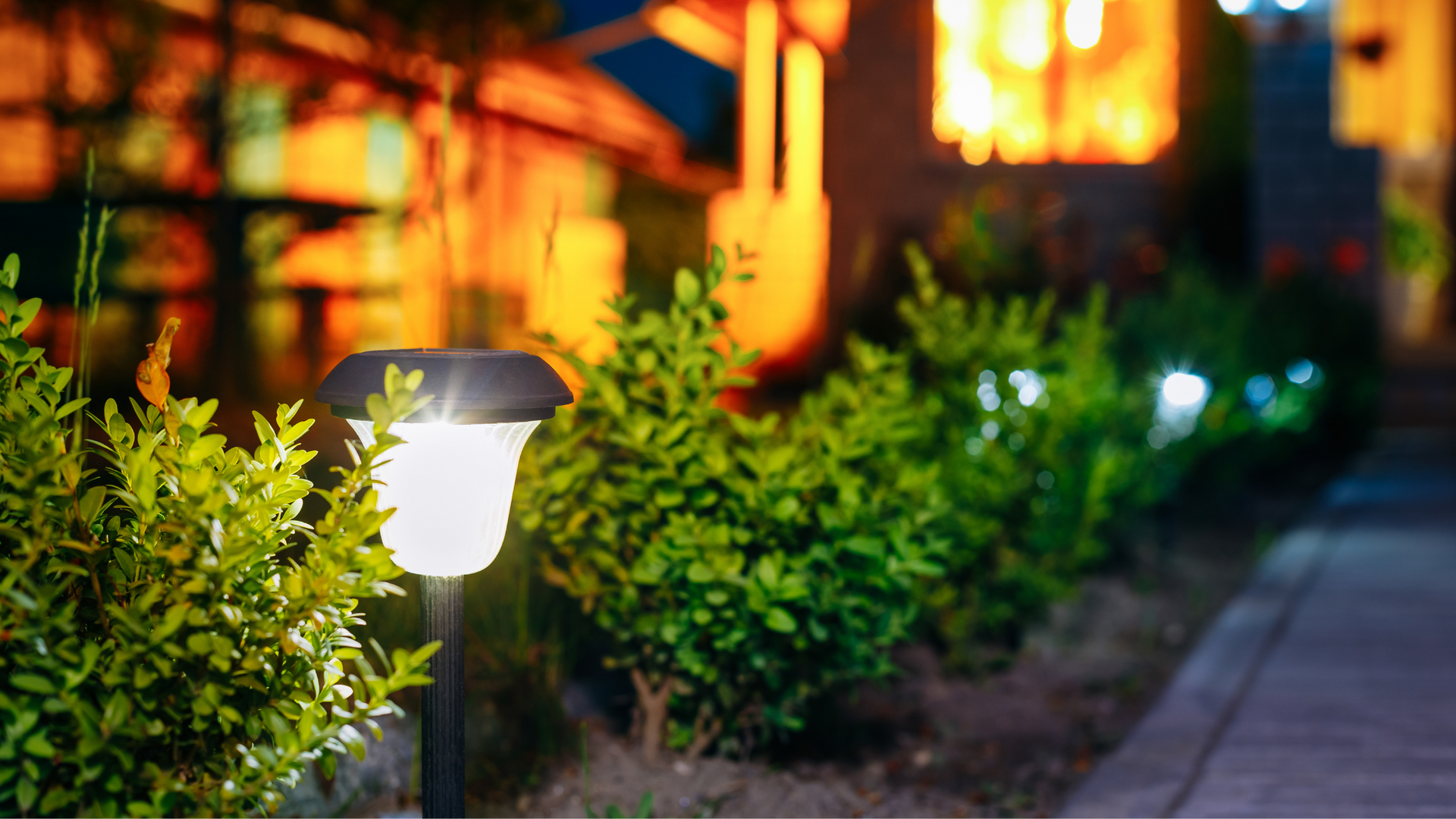
Outdoor lighting is a must for safety and ambiance, but it can consume a lot of energy. Sustainable landscape design incorporates energy-efficient LED lighting and solar powered lights to reduce electricity consumption and minimize your carbon footprint.
Sustainable Materials:
When selecting materials for hardscapes, such as patios, walkways, and retaining walls, choose sustainable options like reclaimed wood, composite wood, or natural stone. These materials have less environmental impact and add a unique, eco-friendly touch to your outdoor space! The “natural” look is very trendy when it comes to outdoor design.
Wildlife Habitat:
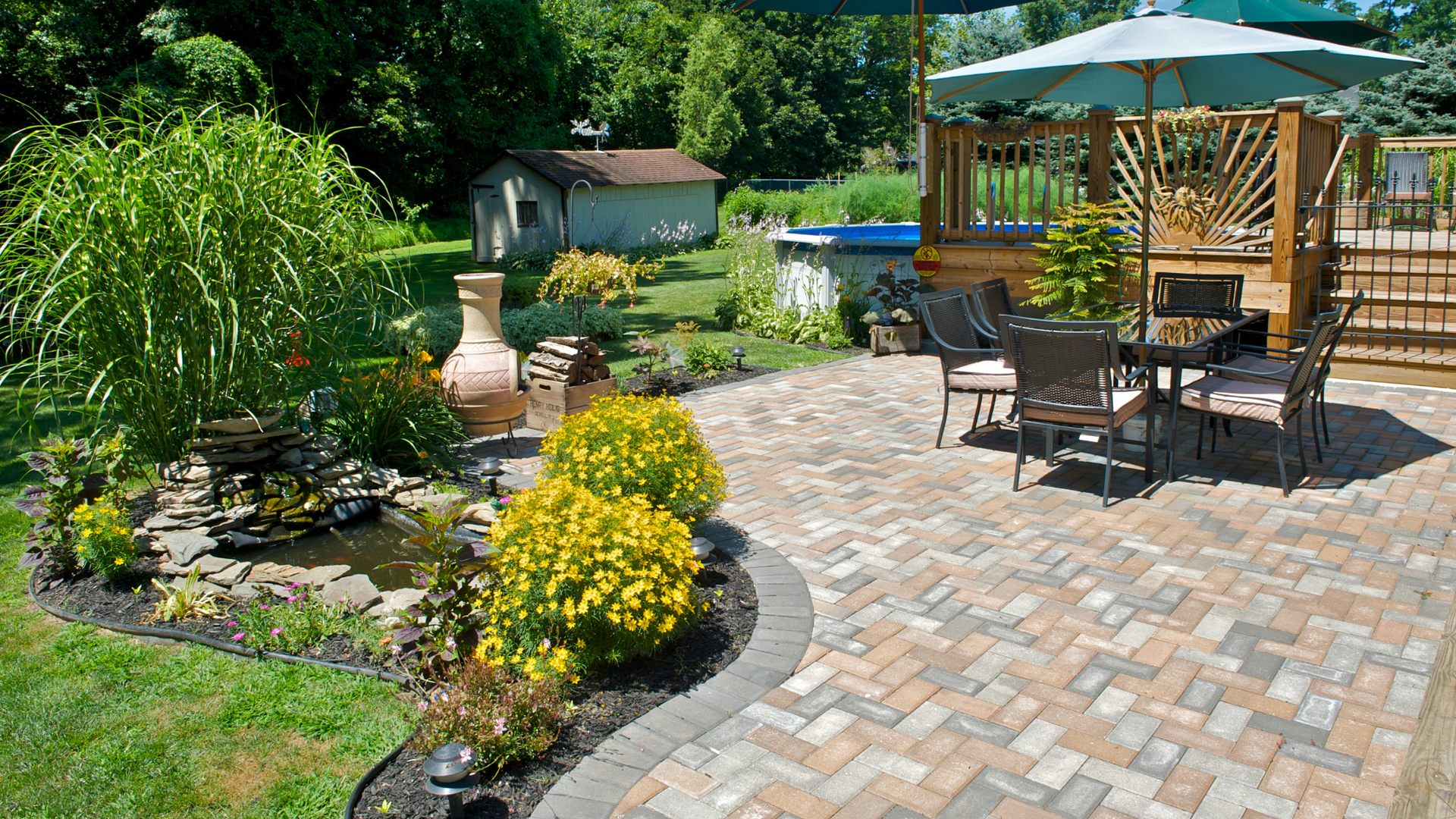
Part of creating a sustainable landscape is also creating a space that is welcoming and safe for local wildlife. Incorporating features such as bird feeds, bird baths, and native plants will help to attract birds, butterflies, and beneficial insects. Not only are they pretty to see when you look outside, they also are vital to controlling the ecosystem.
Composting and Mulching:
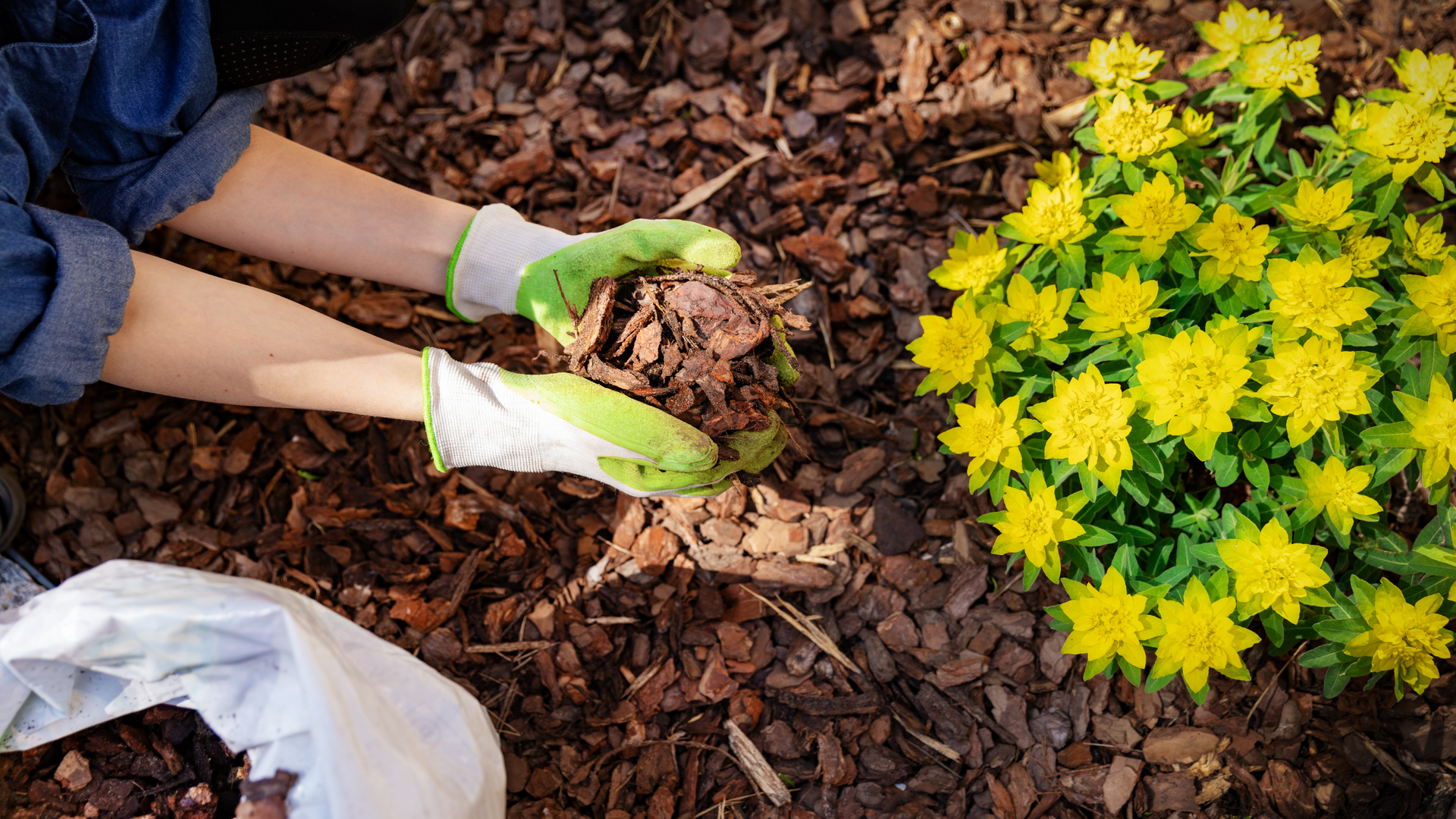
Composting organic waste and using mulch in your landscape design helps to improve soil health, retain moisture, and reduce the need for chemical fertilizers. It’s a simple yet effective way to recycle nutrients and minimize waste!
Chemical-Free Maintenance
Finally, avoiding hard chemical pesticides and fertilizers is an important piece to sustainable landscaping. Using organic or natural alternatives are not only safer for the environment, but they are also safer for you and your family.
By incorporating these principles into your landscaping, you can create a beautiful, functional outdoor space that is beneficial to both you and the environment. At Omni Pools & Scapes, we are committed to helping you design and create sustainable outdoor spaces that will not only look beautiful for years to come, but help build a better and greener future.
OMNI LEARNING CENTER
RECENT POSTS

